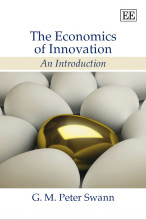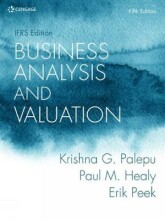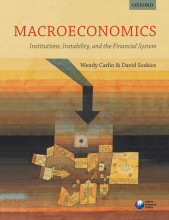Summary: The Economy
- This + 400k other summaries
- A unique study and practice tool
- Never study anything twice again
- Get the grades you hope for
- 100% sure, 100% understanding
Read the summary and the most important questions on The economy
-
1 Week 1
-
1.1 13.1
This is a preview. There are 2 more flashcards available for chapter 1.1
Show more cards here -
what are the four types of models?
large scale macro-economic models: main workforce at central banks
small scale economic models :WS-Ps
Empirical work: philips curce
agent based: consistent, not flexible, hard to expplain -
with low unemployment firms have less bargaining power
yes -
with higher production, consumers have less bargaining power
yes -
1.2 13.2
-
describe okuns law
The empirical regularity that changes in the rate of growth of GDP are negatively correlated with the rate of unemployment. -
describe the okun coeffiecient
The change in the unemployment rate in percentage points predicted to be associated with a 1% change in the growth rate of GDP -
summarize the relationship between output, unemployment, and wellbeing like this:
a fall in output growth leads to a rise in the unemployment rate that leads to a fall in well being -
1.3 13.3
This is a preview. There are 1 more flashcards available for chapter 1.3
Show more cards here -
The relationship between spending, production, and incomes in the economy as a whole can be represented as a circular flow:
the national accounts measurement of GDP can be taken at the spending stage, the production stage, or the income stage. If accurate measurement were possible, the total of expenditure, output, and incomes in a year would be the same so the point at which the measurement is taken would not matter. -
2 Article week 6: Lukkezen, Kool and Jacobs (2016)Lukkezen, Kool and Jacobs (2016)
-
2.1 Summary
This is a preview. There are 2 more flashcards available for chapter 2.1
Show more cards here -
How is it called when the policy rates are close to zero?
This is referred to as the zero lower bound on interest rates or as the liquidity trap -
describe the ‘timidity paradox’
expansionary fiscal or monetary policy needs to be sufficiently aggressive to be effective when balance-sheet problems are severe and the economy is in a liquidity trap. -
describe the flexibility paradox
‘flexibility paradox’: larger declines in prices amplify debt–deflation dynamics and raise real interest rates (which the central bank is no longer able to reduce using monetary policy).
- Higher grades + faster learning
- Never study anything twice
- 100% sure, 100% understanding
































